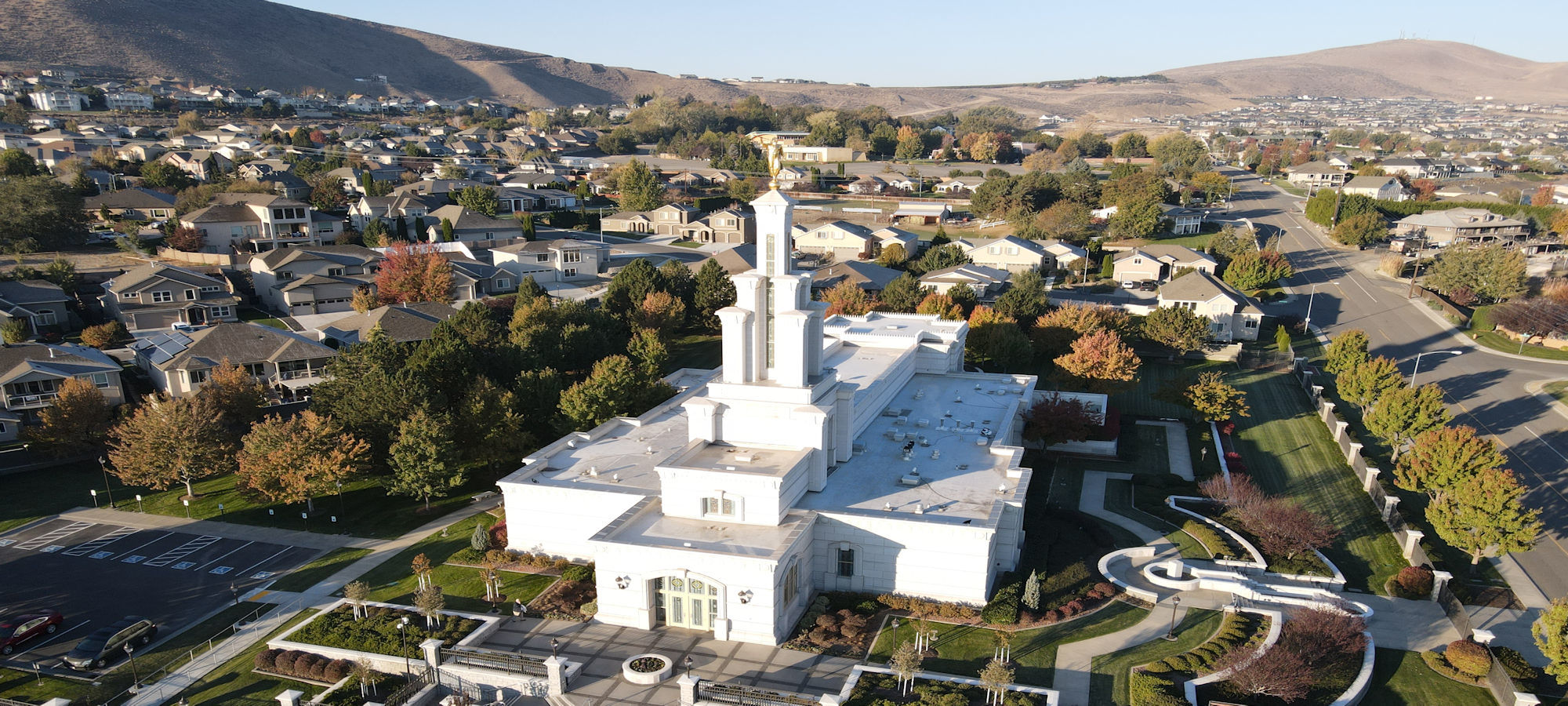Richland Washington History
Richland, Benton County, Washington, is the smallest of the three cities (the other two being Kennewick and Pasco) that comprise the renowned Tri-Cities area of the state, but this dynamic community situated at the convergence of the Columbia River and Yakima River is steeped in a long, interesting, and rich history that stems back many centuries.
Before Richland was named and recognized as a town site and later, an official city, the region, called Chemna back then and later, Columbia Point, was for centuries home to the Wanapum, Yakama, and Walla Walla Indian tribes, where, at the Yakima’s mouth, they would harvest the salmon, hunt game, and gather berries and roots. The mouth of the Yakima River is also famous for its visitation from the famous Lewis and Clark Expedition on October 17, 1805.
About a hundred years later, Richland became approved and known as a town site after W.R. Amon and his son Howard, who had created the Benton Land and Water Company several years earlier, bought more than 2,000 acres of land in the region, specifically on the Yakima’s northern bank. The Benton County Courthouse was registered in Richland in 1906, and four years later (April 28, 1910), the town, which was then a fairly small and simple agricultural community, was officially incorporated. J.W. Randall was elected the first mayor.
Richland and the U.S. Army
Richland remained a small and sleepy farm town with just a few hundred residents for decades, until it became the property of the U.S. Army, along with other nearby towns along the Columbia River, such as Hanford and White Bluffs, for the famous Manhattan Project during World War I, which caused a forced eviction. However, by the end of World War II, Richland’s population had jumped from 300 to 25,000 in just two years—a massive boom for any town or city at any time. At this point, Richland became a government-regulated, closed city.
Richland later experienced a second boom in both population and production during the Cold War, which helped Richland to grow to 27,000 residents by the early 1950s because of the required construction and production. The Richland and Hanford region remained a nuclear producer until 1987, when the last production reactor was shut down, after which the area became a center for environmental technology and clean-up.
Richland Washington Incorporates
The government finally loosened its reigns around Richland in 1957 when real estate was sold to the public, and Richland was no longer a closed city. Then, a year later, what was once a tiny farming town site of only 300, and later a government-regulated community, became incorporated as a self-governing, chartered First Class City in Washington. Also of note is the fact that many of Richland’s cities were named after famous engineers, including George Washington (president and surveyor), John Frank Stevens, George W. Goethals, and Sylvanus Thayer, among others, and later, after important generals in the U.S. Army.
Although Richland is still the smallest of the Tri-Cities today, it remains a prosperous and flourishing center of economy and industry as well as recreation and attractions. Richland is the proud home of the Columbia River Exhibition of History, Science and Technology, the Washington State University Tri-Cities, and the top-notch, high-quality Kadlec Medical Center.

